Back to the Iraqi marshes
-
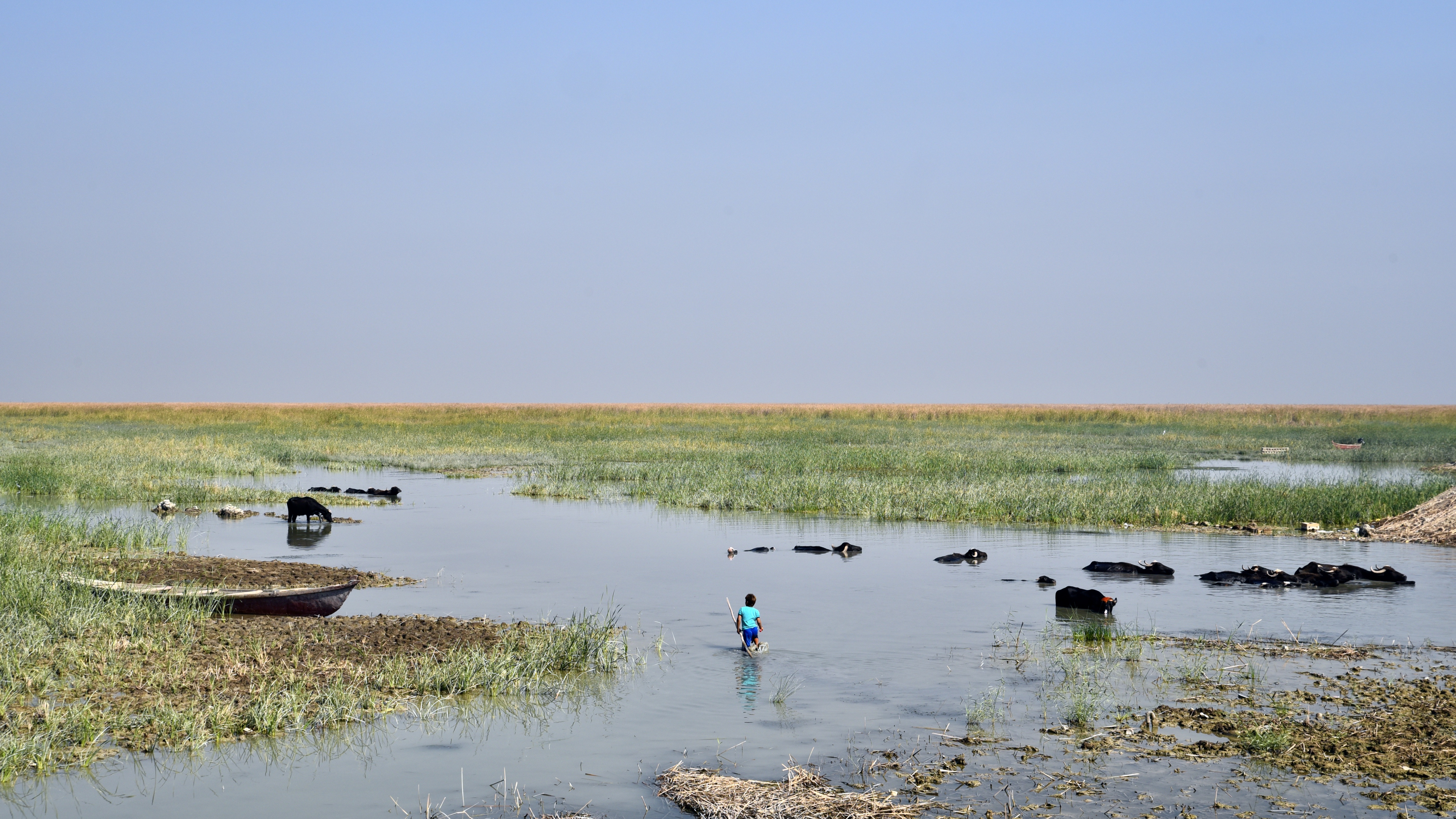
Under Saddam Hussein, the wars began that shook Iraq almost non-stop from 1980 to 2017. It was he who pushed for the draining of the marshes to punish the Marsh Arabs for their participation in the 1991 uprising against the government. In the process, more than 200,000 Marsh Arabs were displaced and 90% of the ecologically unique marshlands at the confluence of the Euphrates and Tigris was irretrievably destroyed (image: Holger Hoffmann) -

To prevent their complete destruction, the Mesopotamian Marshes were listed as a UNESCO World Heritage Site in 2016. Since then, they have been slowly expanding and once again provide a livelihood for the remaining Marsh Arabs, but the world's formerly largest date plantations have been lost forever (image: Holger Hoffmann) -
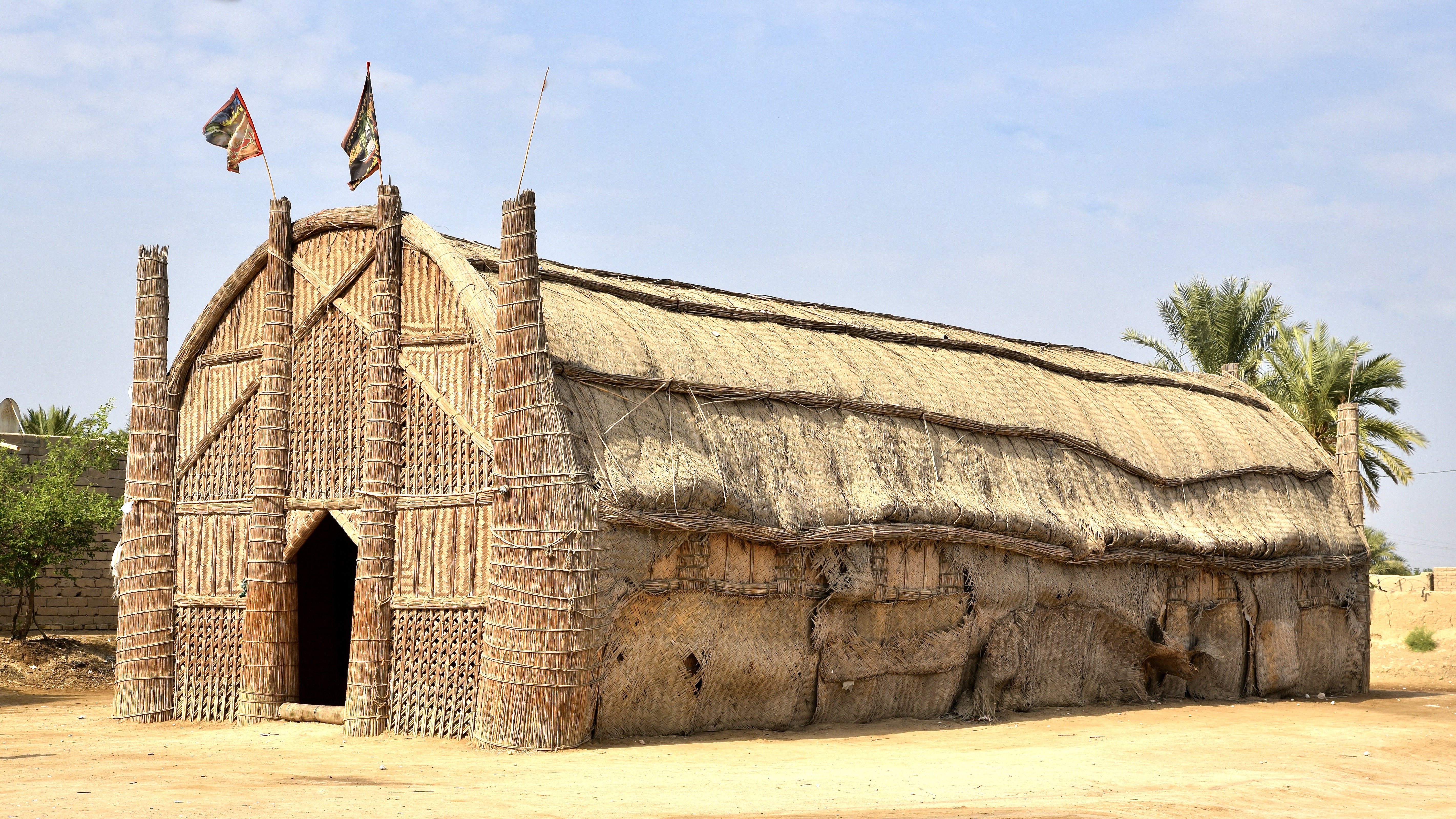
Iraq is not short of tourist attractions, such as the ziggurats of Ur and Uruk or the excavations of Nimrud, Nineveh and Babylon from Sumerian and Babylonian times. Less well known, however, are the Marsh Arabs' mudhifs in the south of Iraq. These meeting houses for the male clan members are architectural showpieces and have characterised the marshland for over 5000 years (image: Holger Hoffmann) -
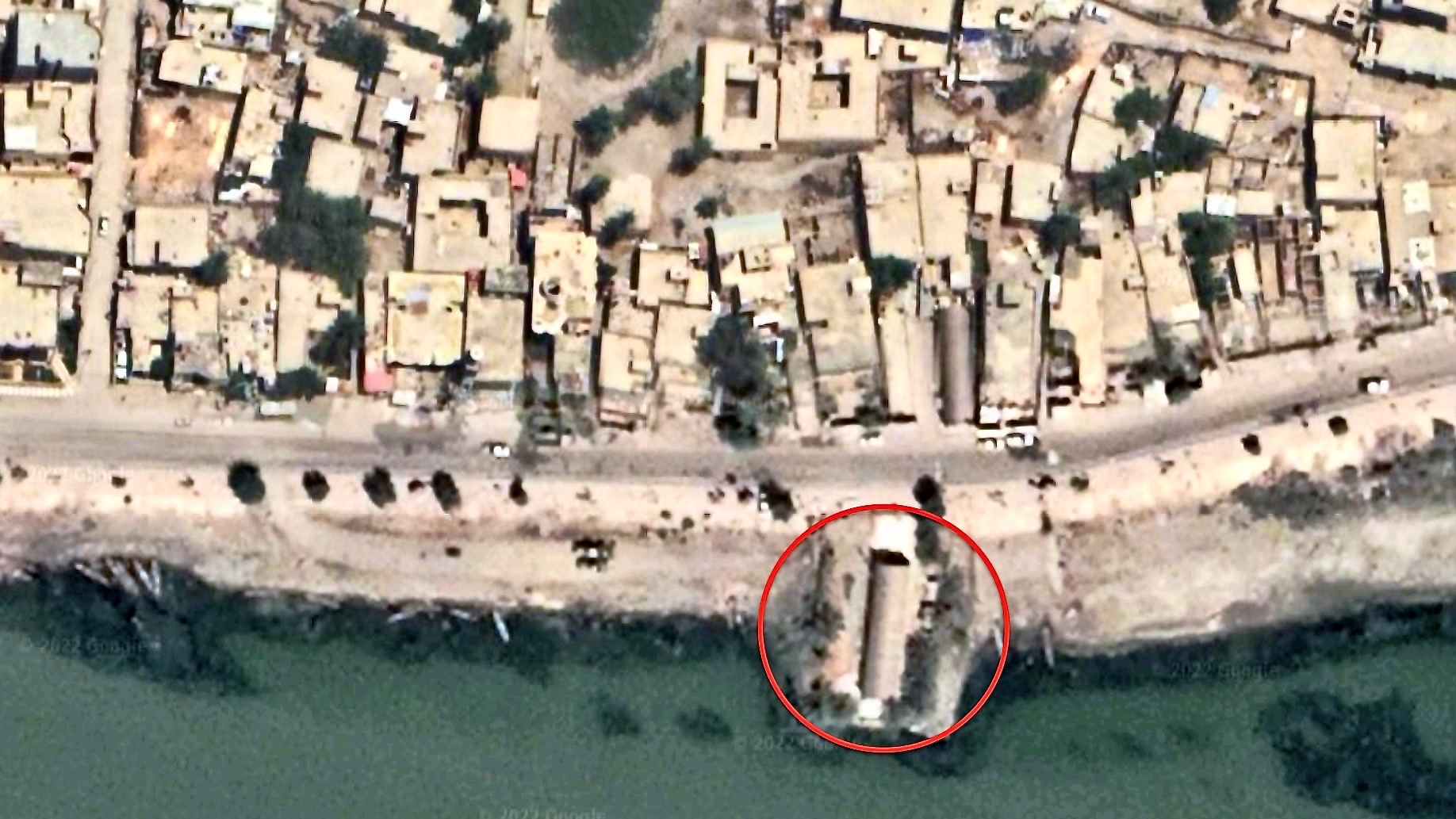
Our biggest concern before leaving for Iraq was whether the mudhifs still existed. In books and on the Internet, all we could find were historical images. A search on Google Maps for structures that could correspond to the elongated barrel vaults of the mudhifs produced about twenty: we were careful to note their coordinates (image: Holger Hoffmann) -
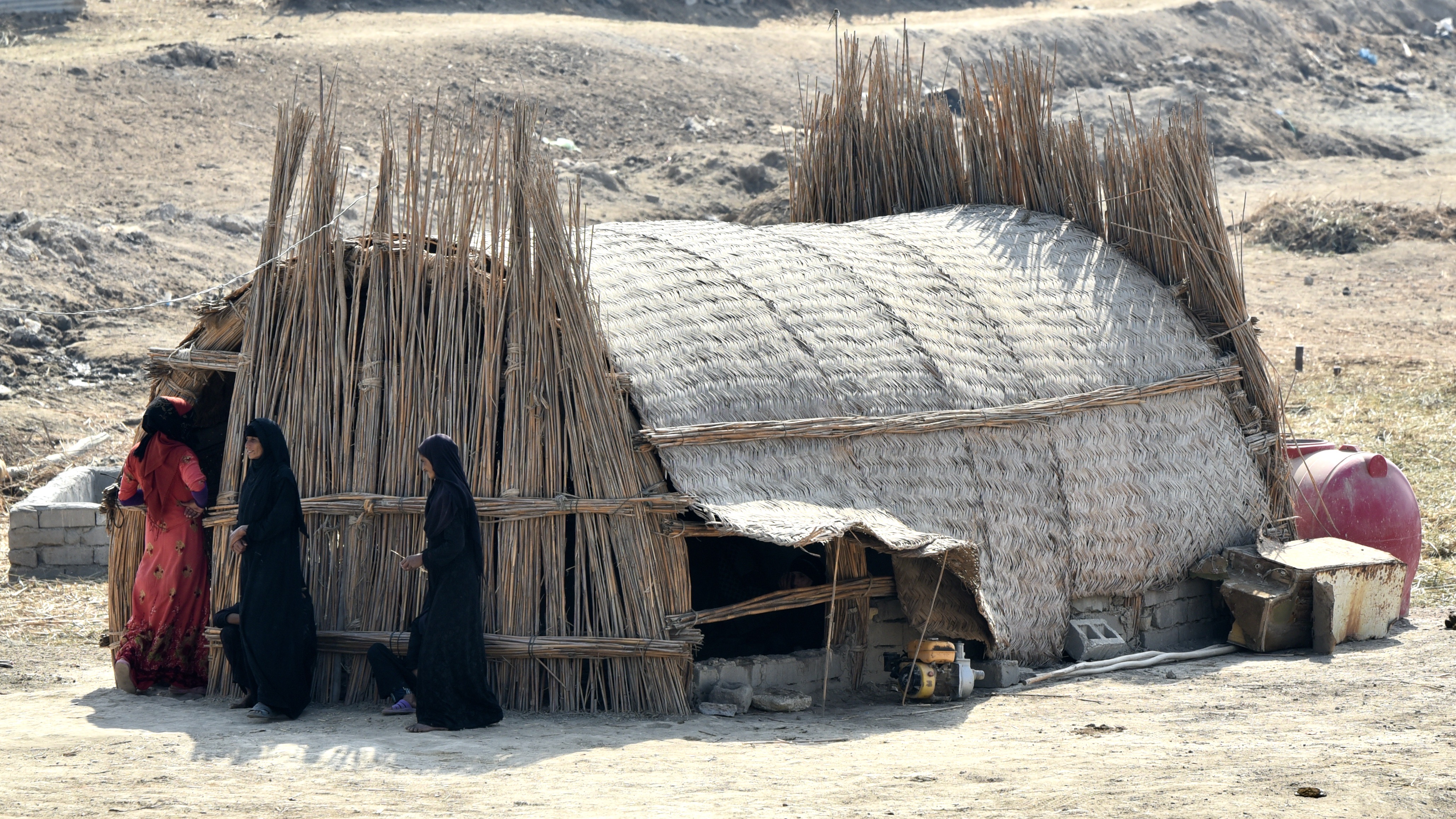
Near the Iran border, our first destination was the marshes north of al-Qurna. What we did not expect was the assessment of the security situation by the local checkpoints. We were held up until nightfall and then sent back. The next morning, we tried again near al-Chibayish. Here we finally encountered the Marsh Arabs, still pursuing their traditional way of life (image: Holger Hoffmann) -

A boat took us to the small artificial islands hidden in the reeds. Here we found dwellings and stables, surrounded by water buffalo. Everything is built using reeds – the main vegetation in the marshes. We were fascinated by this archaic culture, references to which can be found on ancient Sumerian scroll seals (image: Holger Hoffmann) -
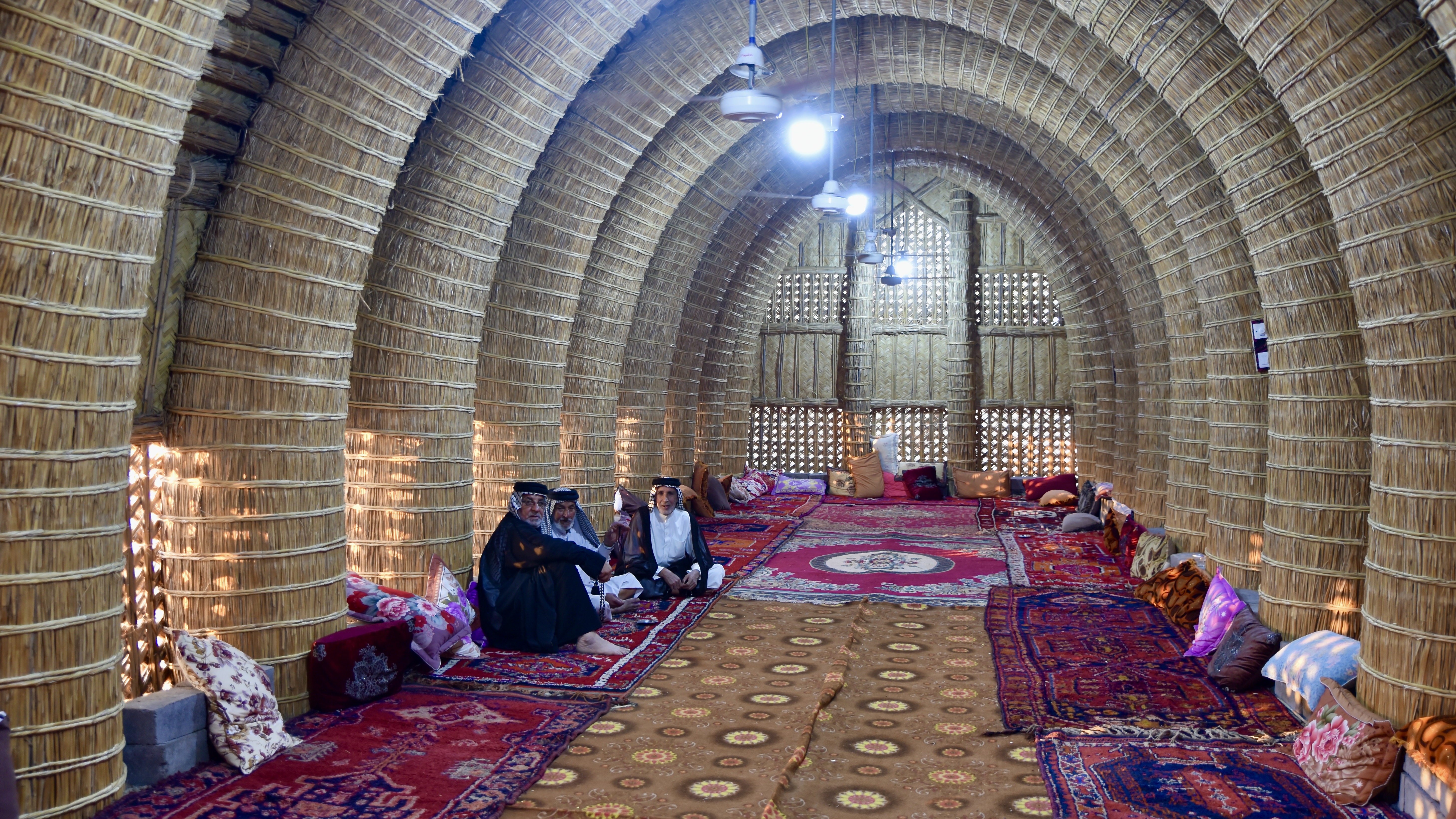
Using the GPS coordinates the mudhifs were easy to locate. Every time we got out of the car to admire these imposing buildings, men of the local clan would come streaming out of the neighbouring houses and invite us into the mudhif. Taking a seat on the cushions, we were served water and coffee (image: Holger Hoffmann) -

The village dignitaries sat across from us in traditional dress, leaning on cushions, inquiring – as far as their language skills allowed, with the help of Google Translate – about where we came from, or discussing the day's events among themselves. Not without pride, they posed alone or together with us in front of or in the pillared hall made of reeds (image: Holger Hoffmann) -
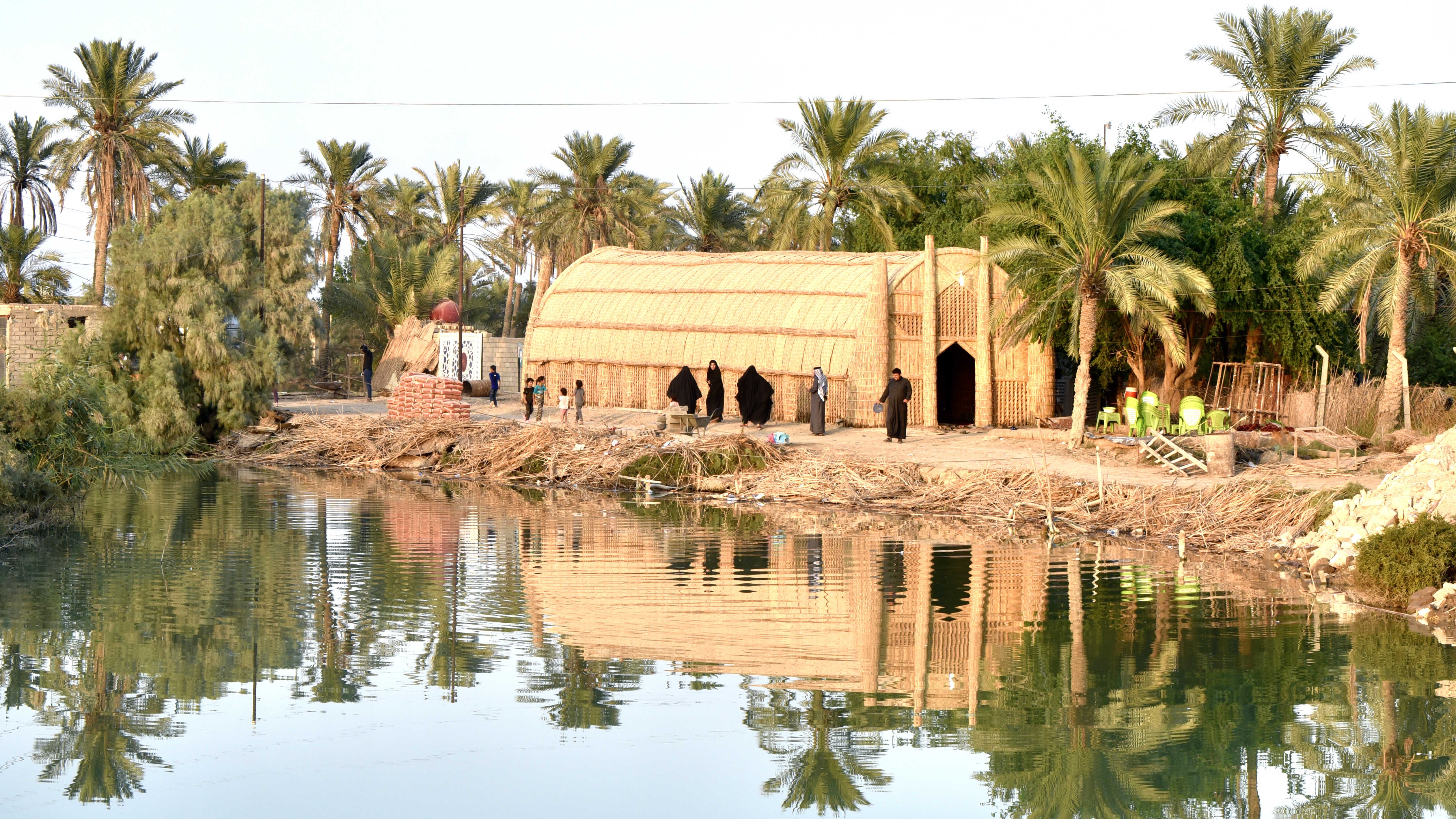
In the village of Al Kurmashiyah al Gharbiyah, situated on a palm-lined canal, we discovered a large mudhif, not marked on our map. The reed was still a fresh yellow. We parked our vehicle and crossed the canal by a narrow bridge. Immediately we found ourselves surrounded by men. To our surprise, we learnt that the mudhif had only been inaugurated the day before. The celebrations were still in full swing (image: Holger Hoffmann) -
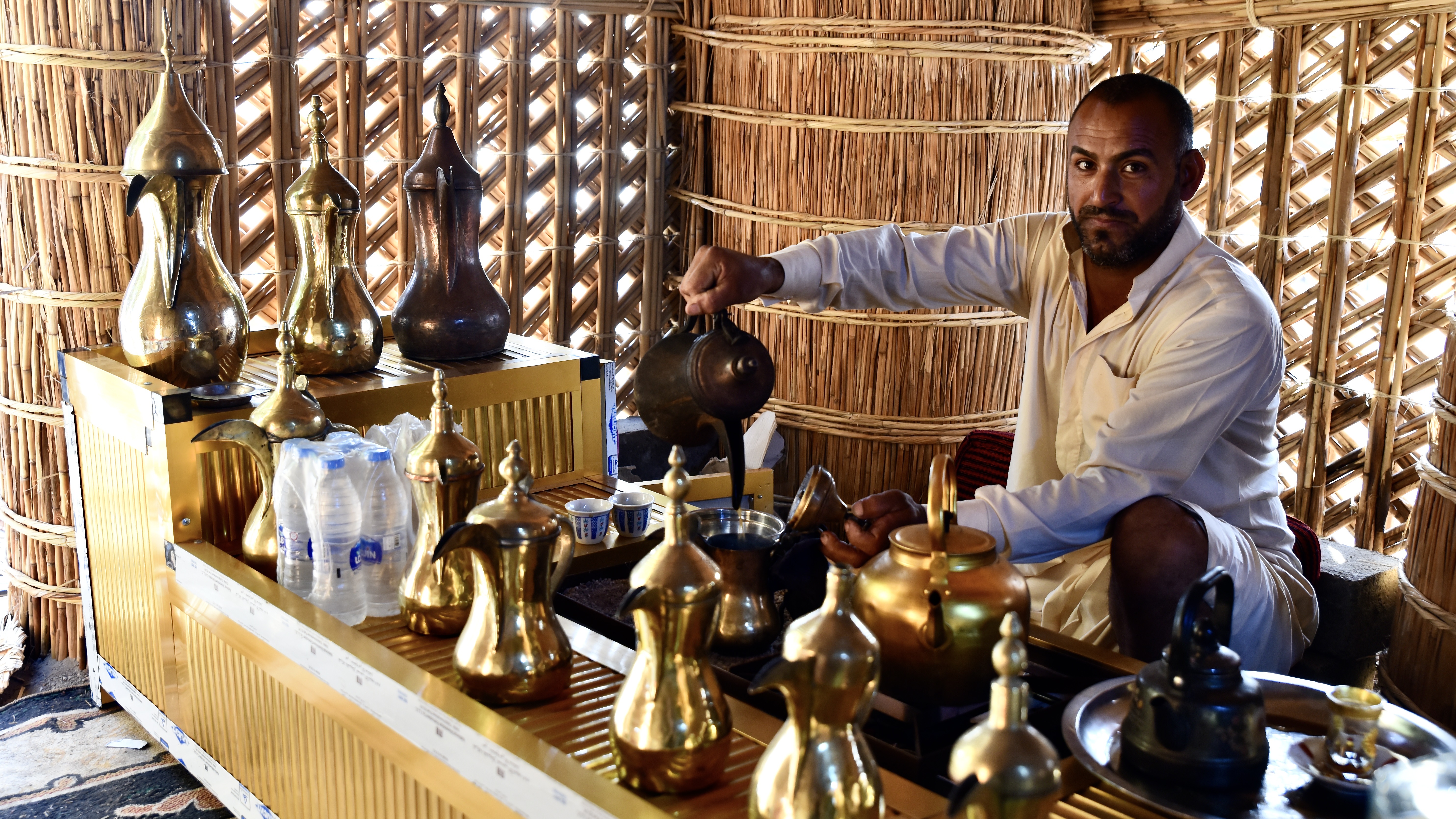
We were given a warm welcome and served water, tea and coffee. One of the young men spoke English. His father was the sheikh who had commissioned the building of the mudhif. On the sheikh's appearance, we were invited to a lavish meal and offered a bed for the night (image: Holger Hoffmann) -
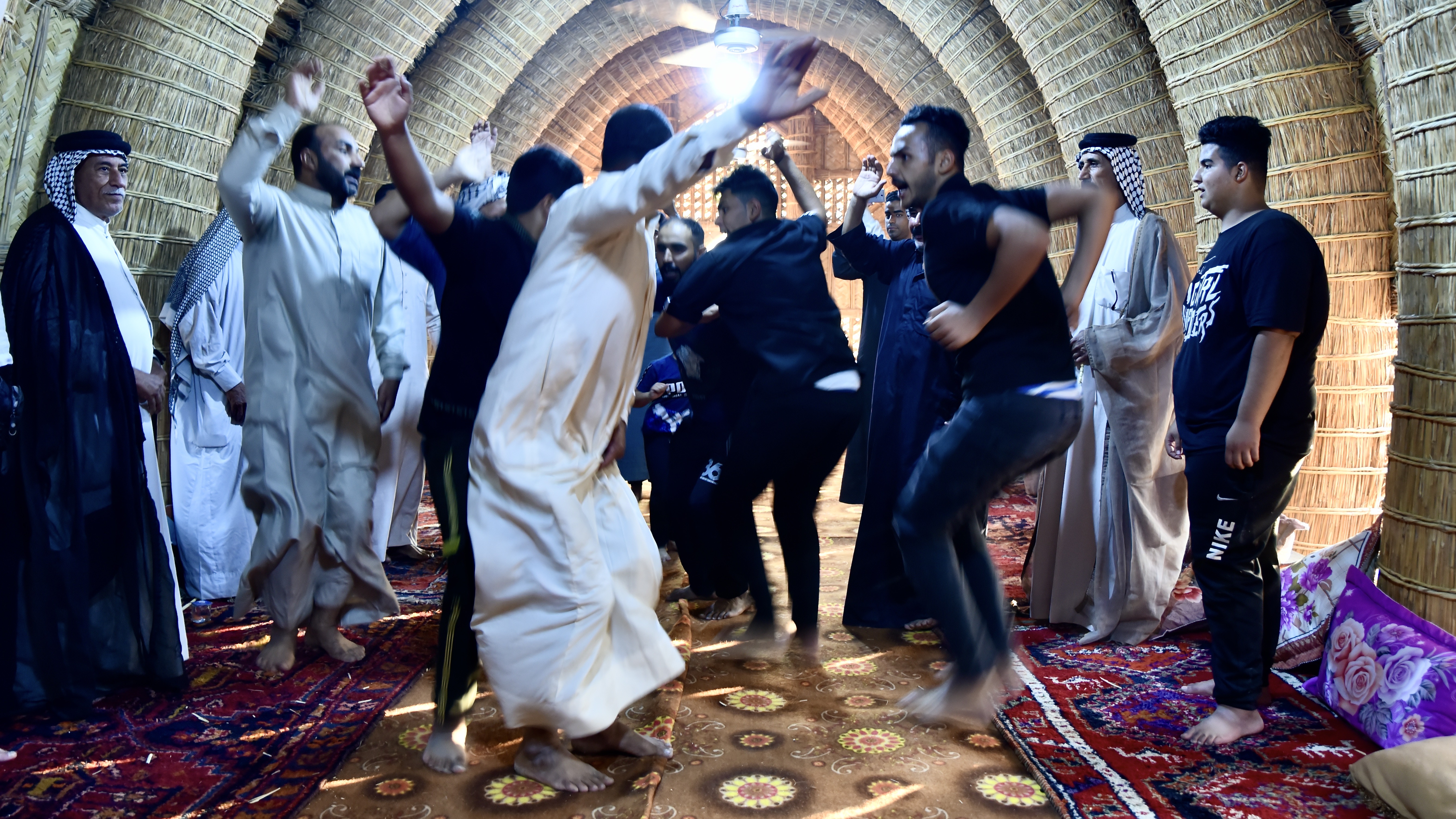
More and more men began streaming into the mudhif. They lined up in a circle, one started to sing, the others to clap and suddenly they were all dancing ecstatically. Then, one of the men stepped in front of the Sheikh and recited a hymn of praise to the builder of the mudhif. As the reciter stepped up in front of us and uttered similarly beautiful words, and as the party joined in his words, we were very moved (image: Holger Hoffmann) -
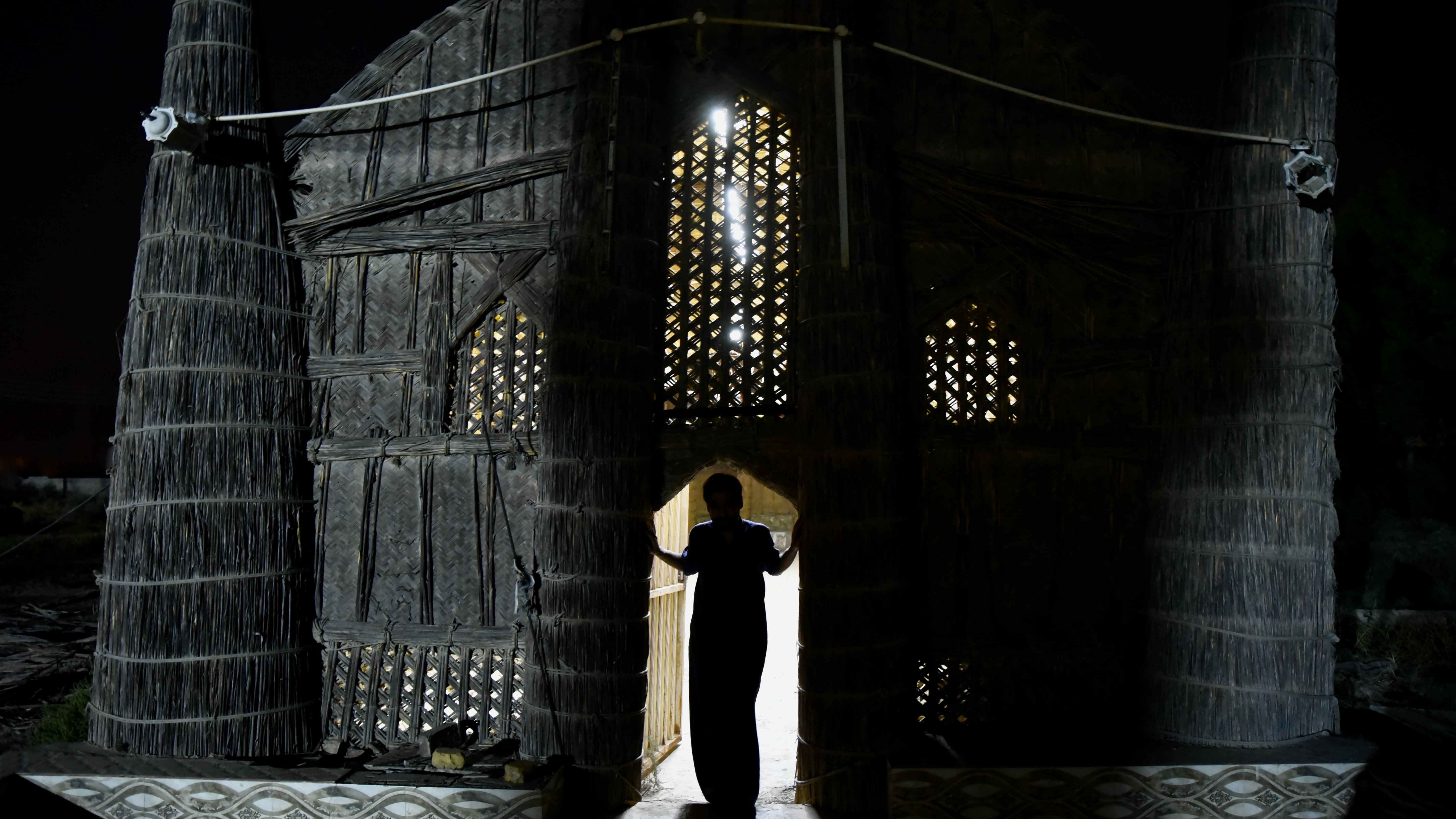
Conversations with our companions provided additional information about the importance of the mudhif as a gathering place for the clan. The craft of building mudhifs will continue as long as the grass reeds can still be grown as a raw material. Yet, as neighbouring countries continue to dispute Euphrates and Tigris water levels with Iraq, flow in the rivers is constantly falling. How long before the last mudhif is inaugurated? (image: Holger Hoffmann)
https://qantara.de/en/node/43452
Link
To all image galleries